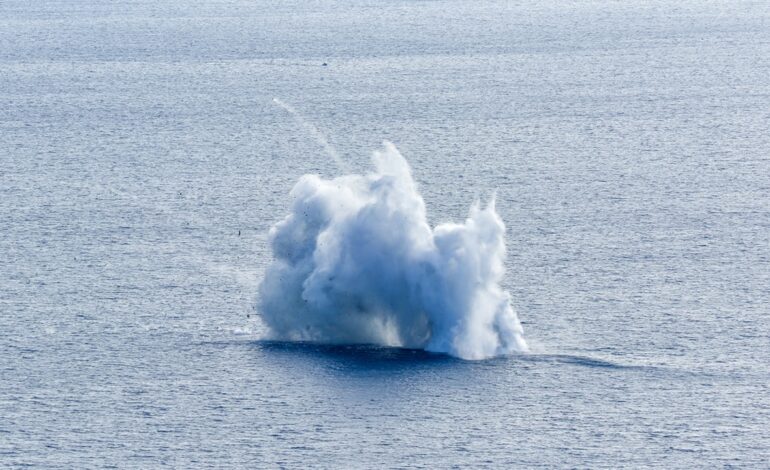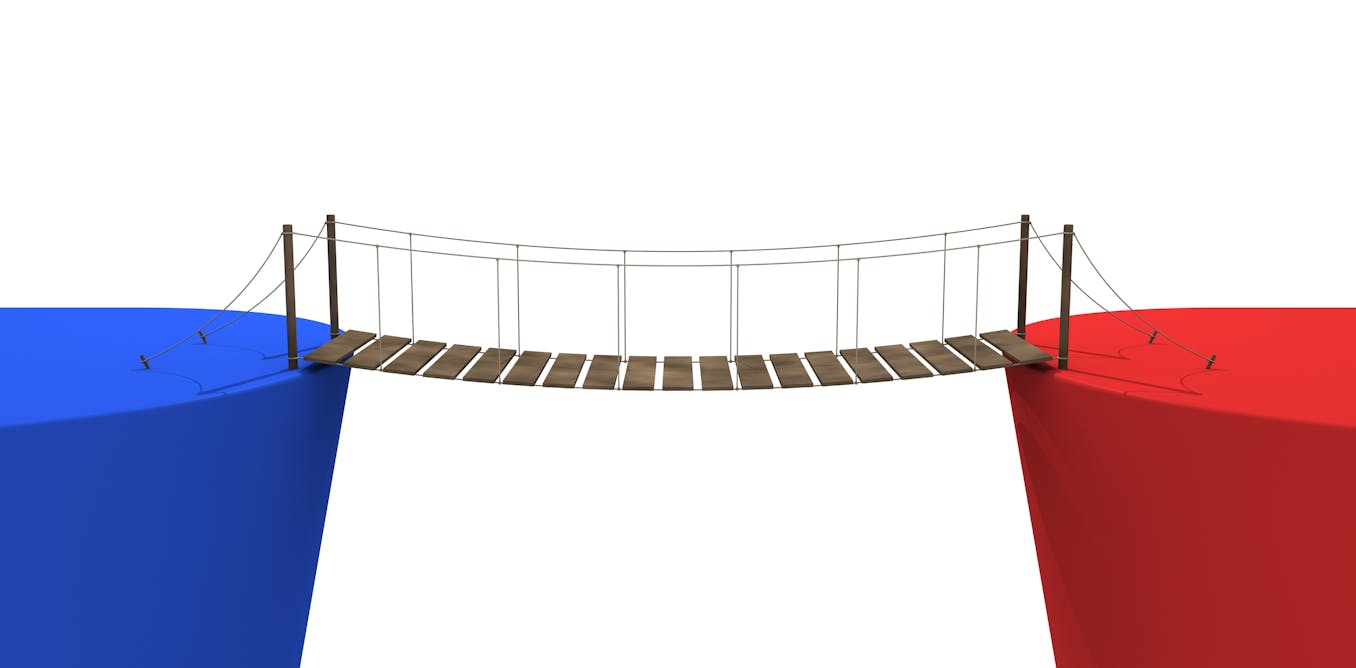Turkey Unveils New Naval Drone System to Combat Maritime Threats

Turkey has officially launched the Arida-M Counter-Kamikaze Unmanned Surface Vehicle (USV) system, marking a significant advancement in its unmanned naval technology. The unveiling occurred at the SAHA EXPO 2024 in Istanbul, where Turkish defense firm Anadolu Robotik, in collaboration with Sekizaltmiş Teknoloji, showcased this innovative system designed to counter the rising threat posed by kamikaze drones and explosive-laden boats.
In modern naval warfare, asymmetric tactics have taken center stage, and the Arida-M aims to enhance the security of Turkey’s maritime assets and coastal facilities. As conflicts such as the Russia-Ukraine War demonstrate, kamikaze USVs can inflict substantial damage on traditional naval forces. The Arida-M is a timely response to these challenges, integrating detection, interception, and electronic warfare capabilities to protect against low-cost, high-impact attacks.
Understanding the Threat and Turkey’s Response
Kamikaze USVs represent a growing concern for navies worldwide. These vessels are often small, fast, and armed with explosives, allowing them to execute high-value strikes against larger, more expensive warships. Their ability to evade detection and overwhelm existing defenses has been highlighted in recent engagements, such as those in the Black Sea, where Ukrainian drones have successfully targeted Russian vessels.
Turkey’s proactive development of the Arida-M system underscores its commitment to remaining at the forefront of unmanned technology. With extensive experience in lethal drone systems, Turkey is now focusing on creating effective countermeasures. The Arida-M’s design addresses various asymmetric threats, including the challenges posed by drifting mines and small attack boats.
Development Timeline and Capabilities of the Arida-M
The development of the Arida-M began in October 2024 and is structured in two phases. The first phase emphasizes the Arida-M’s role as a “smart munition,” with sea trials already commenced in May 2025. Following these trials, the second phase will introduce the Arida-T command unit and additional prototypes, with live detonation tests scheduled for November 2026. This methodical approach allows for iterative enhancements based on real-world data.
The Arida system is modular, consisting of two main subsystems that enable it to perform multiple functions. The Arida-T will serve as a command-and-control platform, equipped with advanced technology, including electro-optical/infrared (EO/IR) sensors, hydrophones, and radar systems. It boasts a 30 km range jammer capable of disrupting enemy data links and video feeds, thus enhancing overall situational awareness.
On the other hand, the Arida-M is designed for direct interception of enemy USVs. The core component, the Muhafiz USV, is capable of carrying a 30-kilogram payload for sensor and communication equipment, along with 50 kilograms of explosives for ramming and neutralizing threats. Built to withstand harsh maritime conditions, the Muhafiz USVs can operate effectively in both coastal and open waters.
Combining multi-layered sensing capabilities, the Arida-M features radar, EO systems, and hydrophones to detect low-signature threats. Its autonomous operation allows for deployment from warships or shore bases, enabling it to navigate independently and engage targets according to pre-defined protocols while maintaining low visibility to avoid detection.
The introduction of the Arida-M system positions Turkey as a leader in countering USV threats, potentially opening avenues for exports to allied nations facing similar challenges. By providing a cost-effective solution to counter kamikaze tactics, Turkey enhances its layered defense strategy, complementing existing systems like the ULAQ USV family. This development not only bolsters Turkey’s naval capabilities but also reshapes the dynamics of asymmetric conflicts, deterring aggressors and securing vital maritime routes.
As Turkey moves forward with full-scale trials and further integrations, the Arida-M could play an expanded role in swarm defenses or hybrid operations. The global naval landscape is evolving, and Turkey’s emphasis on innovative unmanned technologies illustrates its commitment to enhancing maritime security. The Arida-M exemplifies adaptive defense engineering, merging speed, autonomy, and precision to tackle emerging threats in an increasingly complex maritime environment.






